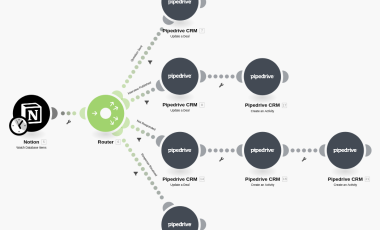How to Audit Data Faster Without Losing Accuracy - The Rule of 30
Why We Always Say "Just Check 30"?
We've all been there. You're staring at a massive spreadsheet of 10,000 leads, or a mountain of survey responses, and you just know you can’t verify every single one.
Eventually, someone pipes up:
Let's just spot-check 30 of them. If they look good, we're good.
It sounds like a lazy shortcut, doesn't it? Why 30? Why not 10? Why not 100?
As it turns out, your colleague isn't being lazy. They are using a golden rule of statistics. Here is why "30" is the magic number where chaos turns into clarity.
The Sweet Spot of Reliability
Imagine your data is a messy, loud room of people. If you only listen to two of them, you have no idea what the general mood is. But as you listen to more people, the noise settles into a hum.
In statistics, this is called the Central Limit Theorem. It basically states that once you hit a sample size of 30, your small group starts to accurately mirror the larger group. The averages stabilize. The outliers get smoothed out.
30 is the number:
- Less than 30: You’re just gambling. The results are too volatile.
- More than 30: You get more precision, sure, but it takes more effort.
So when you check 30 random rows and find zero mistakes, you’re not just hoping the data is good. Mathematically, you can be about 95% confident that the error rate in the entire dataset is below roughly 10%.
You’ve just proven, statistically, that the data isn’t garbage.
What can go wrong?
It is all about how you pick which rows to check.
If you check only the top 30 rows of your spreadsheet, you are not sampling. You're checking yesterday's work. That's like checking the top layer of a jar of candies - you'll never know if the blue ones are hiding at the bottom.
To make the math work, your 30 rows need to be randomly chosen. That’s what turns a casual spot-check into a statistically valid one.
The Bottom Line
Next time you have to sign off on a large dataset, don't feel guilty about only checking 30. It’s not a shortcut to certainty, but it is the fastest path to confidence.
If 30 random ones look good, you’re standing on solid ground.



